Photography can help you regain a fresh and invigorating view on the world around you. It helps you to see everything more clearly as you look for a new vision to capture as your personal view of the world.
The Photographer’s Eye
As a photographer you’ll see more than other people because you’re actively looking for images.
Your equipment can obviously help in certain instances, but it needs you! You need to be thinking about what you would like to capture. We have the wonder of the human eye, which is assisted by one of the fastest processors ever – the human brain. This makes for a stunning combination.
As you look around a scene, the eye and the brain are adjusting constantly, looking at depth, looking at perception, looking at balance, looking at scale – calculating and compensating for everything. Instantaneously your eye picks up what interests you in a scene and the rest becomes background, changing your focus seamlessly from whole picture to small detail and vice versa.
On the other hand, when you push the shutter button, you’re only capturing a static portion of the whole scene. The camera, uncritically, fixes the whole scene that you saw in the viewfinder. You have to make the decision as to how you’re going to record this wonderful scene by being shrewd and discerning. You direct the camera to select crucial sections of your view. The challenge is to extract an enjoyable image from the buzz of the world.
A good way to tackle this challenge is to practice constantly visualizing the scene as you walk around. Keep thinking about taking pictures – what would I do to record this scene? With digital you can even take multiple pictures as you go and review them at your leisure.
The objective is to try and see how you can cut out all the background noise and take photographs that illustrate what the scene is really about. It’s quite easy to take pictures, but it’s not always easy to take pictures that really show the essence.
It’s good to ask yourself how all the shapes and colors work together in your picture. How do all the elements of the picture combine together and how do you get them to complement each other?
It comes down to practice and just looking at scenes. You’ll gradually start to feel when it looks ‘right’. We might call this the creative heart of photography. Photographers see more of the world than other people because we’re constantly looking for detail.
Being Creative
The first creative step is to identify the subject. This sounds obvious but many people don’t do this. You have to decide what you want to feature in your picture.
If there are too many elements in the picture it can get confusing because the viewer’s eye doesn’t know where to look. There’s just too much in the picture. Everything may have equal prominence and you have to decide how you’re going to balance the scene. It’s all a balance and you have to be sure that your chosen subject is actually interesting!
Imagine you’re on holiday. You went on this delightful early morning walk. It was wonderful, fresh, and beautiful out. The seagulls were crying, you could smell the sea and hear the waves crashing. You took a picture to try to capture the moment. You get back home and are disappointed. The image is bland and hasn’t caught any of the wonder of your morning walk.
If you had taken the time to really look at the scene you might’ve noticed some fishermen right out at the end of the rocky promontory and either got closer or used a zoom lens.
This would have captured the sense of the morning far more effectively. Including the detail of the fisherman and the waves makes all the difference in telling the story behind the photo. It’s a case of carefully looking at your scene and deciding which part of it will really convey what you feel.
Fleeting Moments
The world around you moves past in a blur of activity. One of the enjoyable attributes of the camera is the ability to freeze fleeting moments. The challenge is to spot interesting aspects of your surroundings – to try and get away from the standard picture. Sometimes you can see a possible picture taking shape. Perhaps you’re out just watching people – perhaps some skateboarders are going by – there’s always the possibility of a quick picture of people, events or birds crossing your path.

Seagulls flying past a murky sun
Let’s say you’re out walking and all of a sudden you hear the sound of pounding hooves. You turn and it’s a galloping horse. You snap a quick photograph. The image is blurred but still attractive and worth keeping.
You hear an aircraft overhead. Run to orientate yourself with the power lines.
There’s a young girl watching TV. You’re walking past just as an on-screen heroine appears briefly – the young girl and heroine both with long hair. Take the picture.

A passing flight of cormorants
None of these photographs were planned, rather, they just happened. If you’re not ready, the moment probably already came and went. It’s really not a great idea to keep your camera in its case, or the lens cap on, if you’re walking around. See the picture. Take the picture. If you’re not aware of your surroundings, you’ll miss the moment.
Studied Images
Then we have the planned or studied image. In this case, we either know ahead of time that something is about to happen or our subject is simply static. We can plan for this kind of photo, trying to make it as balanced as possible and to make the most of the opportunity.
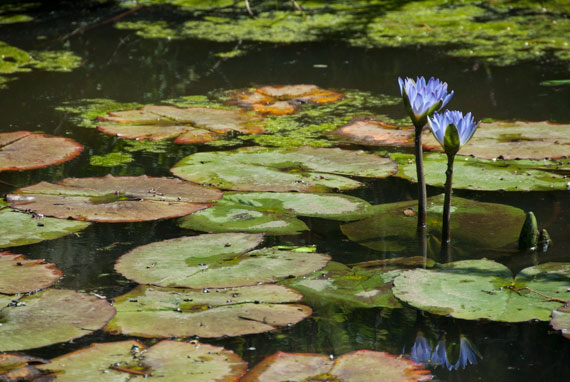
Water lilies in a good position with reflection
The sun always rises in the East so we can plan for these type of shots.
Sunsets can also be planned with all the elements in place – foreground, rocks, reflections etc.
Then, just for fun we have the humorous style photograph. Sometimes it’s not as easy as it looks. If the wind is blowing everything just keeps moving.
The unplanned photo obviously involves a large dollop of luck, but you can help your luck by having your camera ready. The planned photo is far more deliberate as you take time to plan the setting, the light, the subject.
Whatever type or style of image you’re aiming to capture remember that your photography can help you regain a fresh and invigorating view on the world around you. You’ll be able to see everything more clearly as you look for a new vision to capture as your personal view of the world.
About the author:
Roger Lee is a Johannesburg-based photographic trainer and a cruise ship Photographic Workshop Host at www.camerabasics.net. He runs a “Enjoy Your Camera” course and has eBooks for people who don’t want to drown in detail and just take good images.
Like This Article?
Don't Miss The Next One!
Join over 100,000 photographers of all experience levels who receive our free photography tips and articles to stay current:
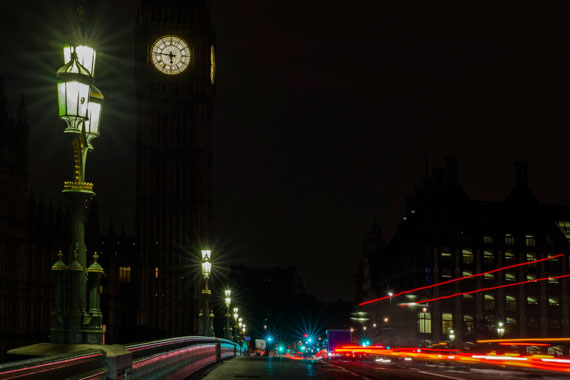
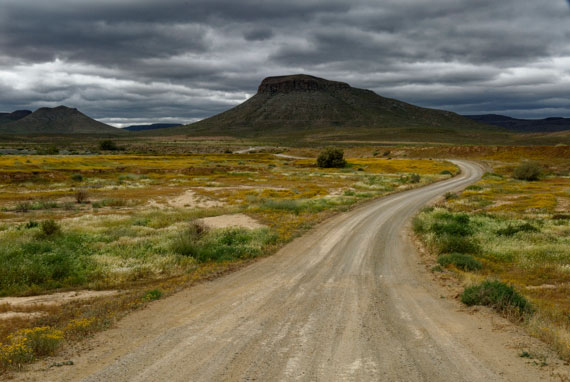



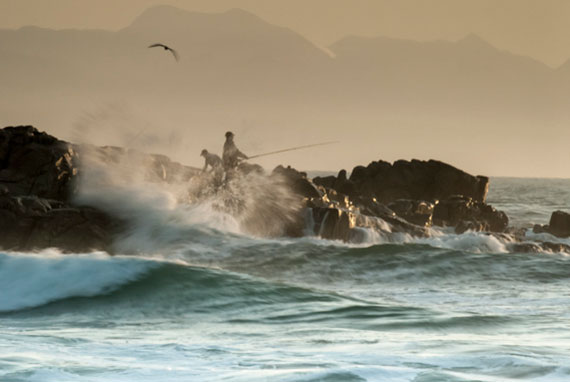
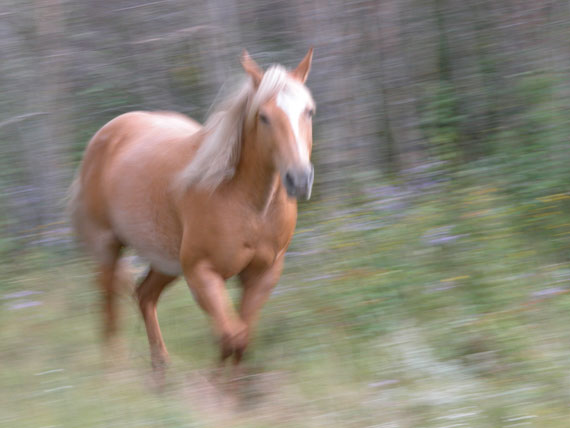
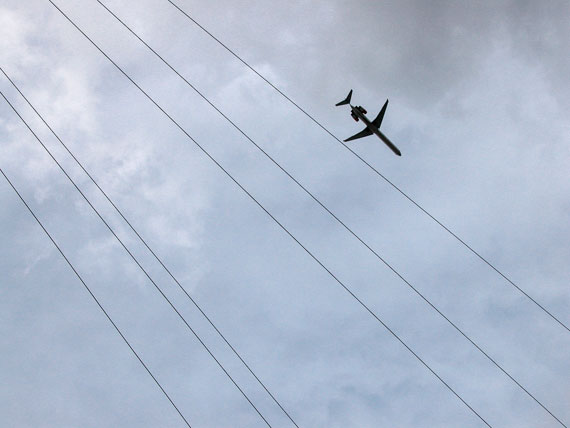
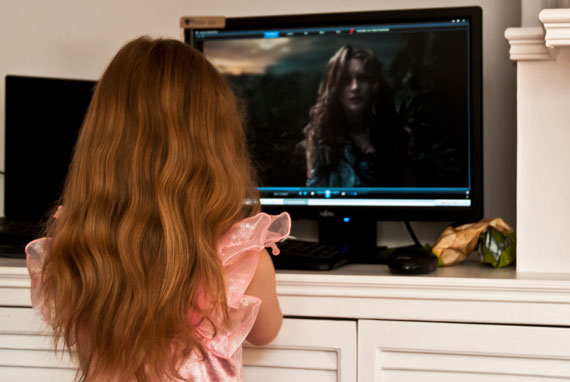


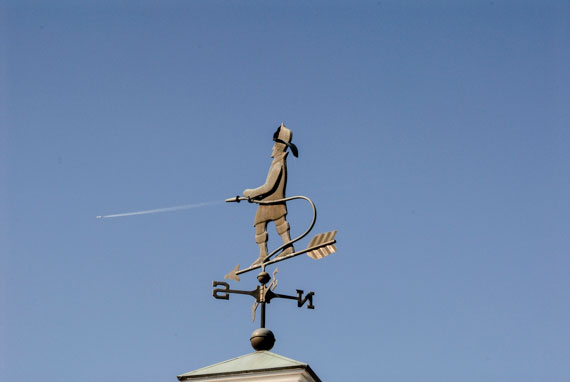





Leave a Reply